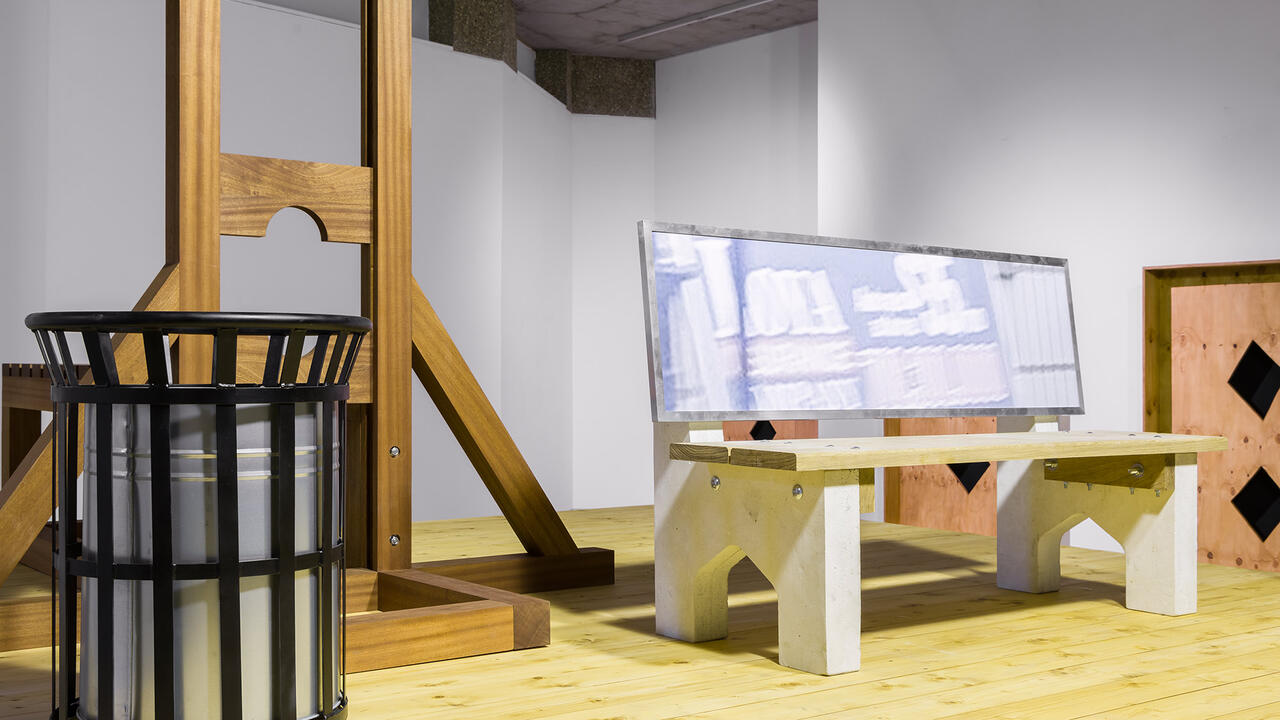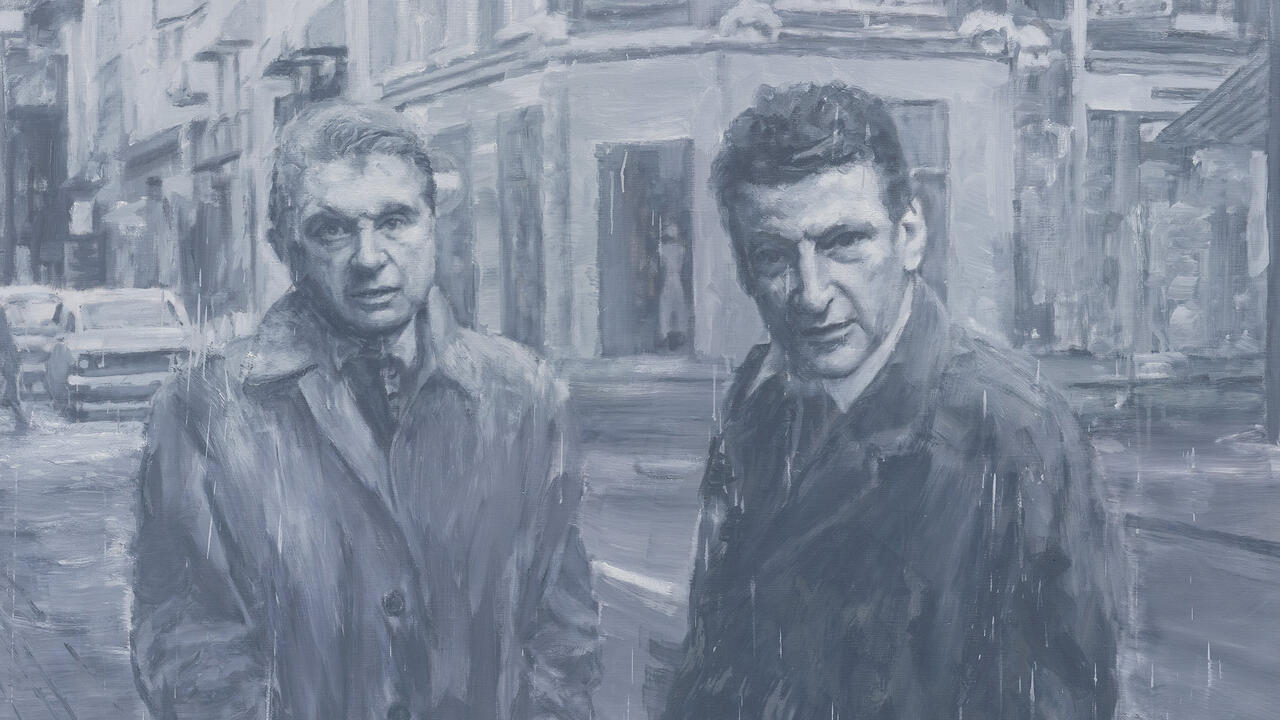Wolfgang Tillmans
Tate Modern, London
Tate Modern, London

Wolfgang Tillmans knows all about intimacy. Wandering through the 14 rooms of ‘2017’, the German photographer’s stellar survey show, is an education in the forms it can take – including the erotic (some anonymous waif with his head between a girl’s legs in a forest for a 1992 fashion shoot for i-D), the druggy (ravers mixing moon-dust heaps of amphetamine in Speed, Köln, 1993) and the weirdly ecological (Weed, 2014, reveals a slab of nature in slow decay, crumpled leaves entwined). Against the backdrop of toxic governments everywhere cheerleading for isolationism, Tillmans’s photographs, which survey the experience of being together and the domestic minutiae that make home possible, feel more melancholy than ever.
Chiefly tracking his output from 2003, the show’s flat title announces that it’s not some fastidious retrospective but this year’s report on his activities in various media: RnB heartbreaker Frank Ocean sobs in the portrait for the cover of his album Blonde (2016); a mischievous Gustav Metzger appears in a photograph from 2009 looking like a wizened satyr. What’s continuously beguiling about Tillmans’s work is its ravished or spooked sensitivity to ‘ordinary’ things. (In the early pictures it’s as if the afterglow of Ecstasy was always flowing through his bloodstream.) Under the cool beam of his attention, they radiate, vulnerable and strange.

The show is arranged in an unstoppable sprawl. Abstractions, portraits and still lifes are juxtaposed to provide multiple routes through Tillmans’s oeuvre, which happily dissolve into one another. A microcosmic version of this effect is caught in his shots of various skies saturated with hazy pinks or arctic summer blues that turn cloudscapes into swirls of luscious colour. The vibe of a rollicking Instagram feed reigns as that abundance of recent work commingles with cool ephemera and throwbacks like the smoked-out photographs of his teenage pals in the 1980s, running wild whilst dressed like an avant-garde clown troupe.
For all the warmth in his pictures, Tillmans also knows how unsettling some kinds of intimacy can be. His video Instrument (2015) is a split-screen riddle that couples footage of the photographer dancing alone in his Los Angeles hotel room with a shot of his shadow at play on the wall of an apartment in Tehran. The funky dislocation between Tillmans’s body and its twin, nimble as smoke, doesn’t just channel Peter Pan in its attempt to escape the unbearable heaviness of existence (Peter’s shadow has a mind of its own) but also implies a freaky metaphysical crack-up where the artist is not quite ‘himself’ anymore.

The 1990s are in soft focus, too, with the fashion photographs that made Tillmans famous kept in one room. The mythic Lutz and Alex Sitting in the Trees (1992) is there, snuck out of the pages of i-D, the two subjects eyeing the photographer like bored cats. Tillmans’s fashion photographs are still startling. With their demurral of the futuristic sexiness that fascinated other doyens of the style press such as Jean-Baptiste Mondino, they stripped away whatever glamour was thought to be until only the plain delight of bodies exploring a green world remained. But their discreet presence hints that working with fashion was just one way for Tillmans to consider the riot and wonder of waking life. The same spirit radiates from his images of lysergic flashes, shaggy grass (still wet), women kissing, smoked cigarettes and the sweet subject of Young Man, Jeddah, A (2012) waiting next to his
purple ride in matching robes. The colours are curiously bleached sometimes, like everything was touched by early morning light.























